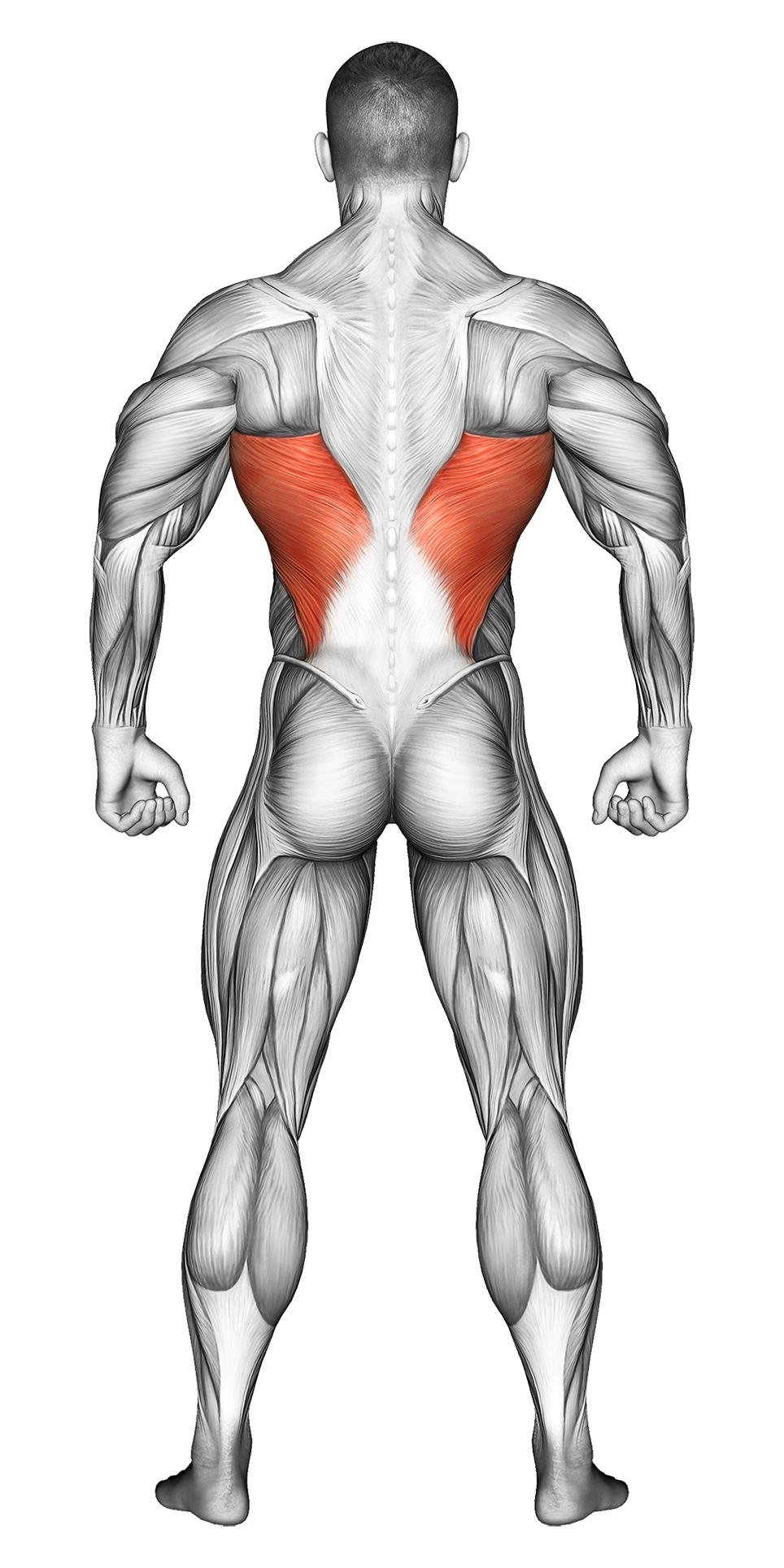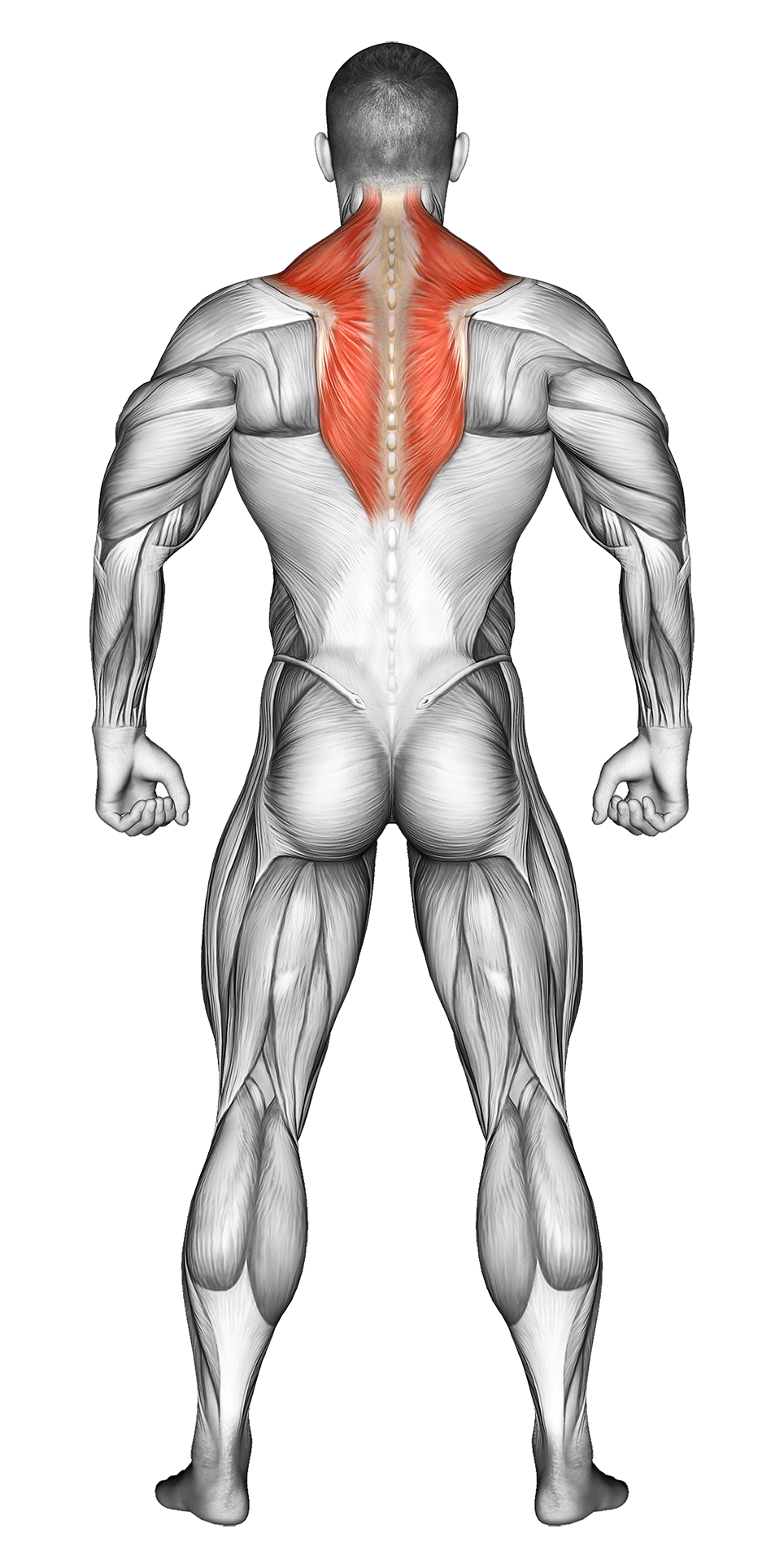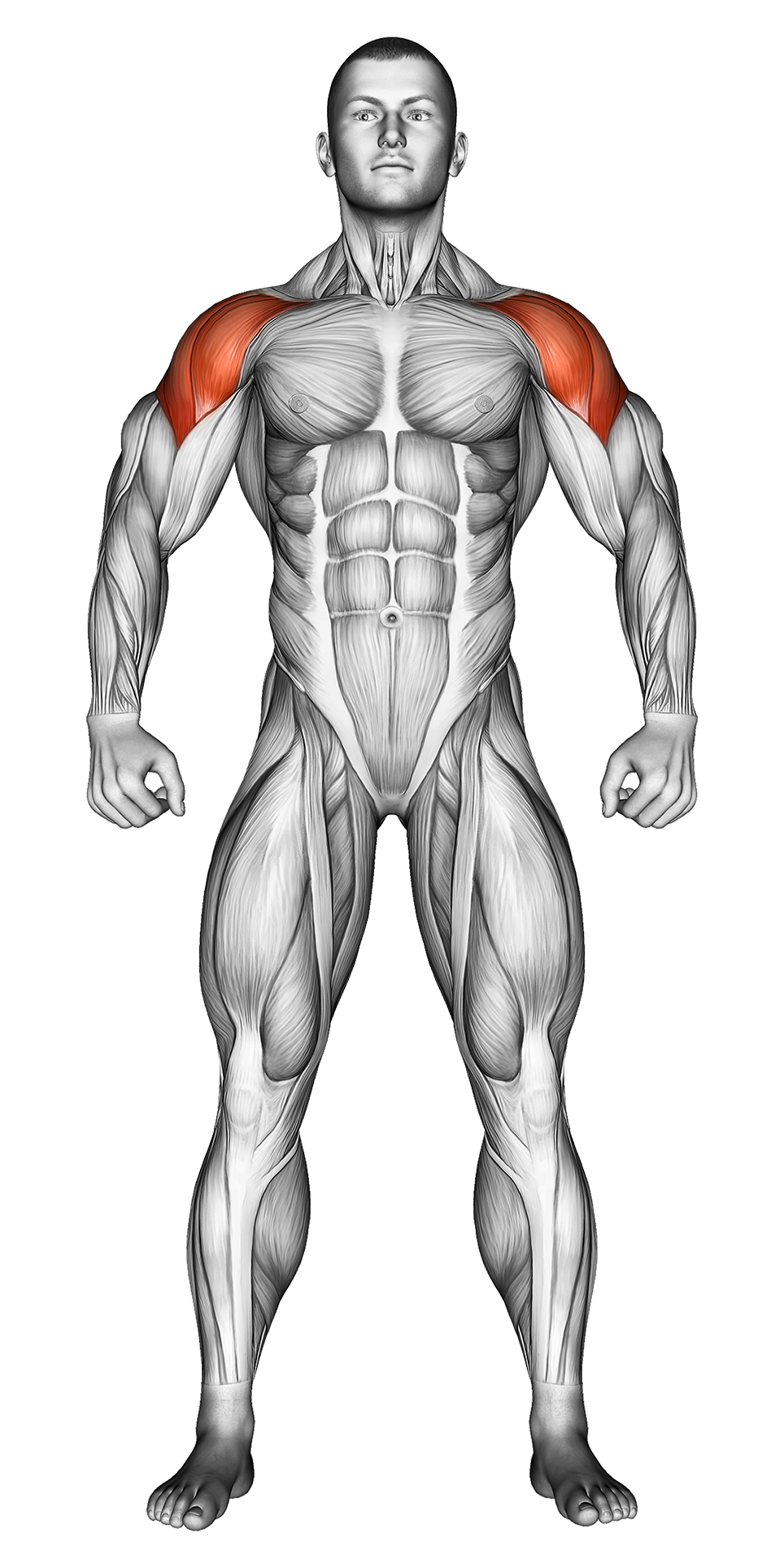Bent Over Dumbbell Fly: Video Tutorial & Exercise Guide
| Workout | Bent Over Dumbbell Fly |
| Primary Muscle Group | Shoulders |
| Secondary Muscle Group | Lats, Traps |
| Equipment Required | Dumbbell |
| Force Type | Push |
| Mechanics | Isolation |
| Exercise Type | Strength |
| Difficulty | Intermediate |
Bent Over Dumbbell Fly: Video Tutorial & Exercise Guide
Muscle Groups
- Primary Muscle Group- Secondary Muscle Group
Bent Over Dumbbell Fly - Step-by-Step Guide
Bent Over Dumbbell Fly Overview
Benefits of Bent Over Dumbbell Fly
Bent Over Dumbbell Fly Pro Tips & Advanced Techniques
Progression Plan for Bent Over Dumbbell Fly
Frequently Asked Questions (FAQs) Of Bent Over Dumbbell Fly
Secondary Muscles

Lats

Traps
How to do the Bent Over Dumbbell Fly – Step-by-Step Guide
- Step 1: Stand with your feet shoulder-width apart, holding a dumbbell in each hand. Slightly bend your knees and hinge at your hips to bring your torso almost parallel to the ground. Keep your back straight and core engaged.
- Step 2: Let the dumbbells hang straight down in front of you with your palms facing each other and a slight bend in your elbows. This is your starting position.
- Step 3: Lift the dumbbells out to your sides in a wide arc, keeping your elbows slightly bent and focusing on squeezing your shoulder blades together at the top of the movement.
- Step 4: Raise the dumbbells until they are in line with your shoulders, making sure to keep your arms parallel to the floor.
- Step 5: Slowly lower the dumbbells back to the starting position with control, keeping tension on your rear delts and upper back. Repeat for the desired number of reps.
Bent Over Dumbbell Fly Overview
The Bent Over Dumbbell Fly is an isolation exercise that targets the rear deltoids, upper back, and rhomboids. It is an excellent movement for improving shoulder stability, posture, and balance while enhancing the upper body’s overall strength and definition.
This exercise is perfect for those looking to build a more well-rounded shoulder routine, as it focuses on the rear delts, an often neglected muscle group. The bent-over position helps to fully engage these muscles and avoid the involvement of larger muscles like the traps.
Benefits of the Bent Over Dumbbell Fly
Bent Over Dumbbell Flys help build strength and size in the rear deltoids and upper back, improving posture and shoulder stability. Strengthening these muscles can help prevent shoulder injuries and improve performance in other exercises, such as bench presses or rows.
This exercise also helps correct muscular imbalances in the shoulders by targeting the often overlooked rear deltoids, leading to better overall shoulder development and function.
Bent Over Dumbbell Fly: Pro Tips & Advanced Techniques
Keep a slight bend in your elbows to reduce strain on your joints and focus on squeezing your shoulder blades together at the top of the movement for maximum rear delt activation. Avoid using momentum to lift the dumbbells—perform slow, controlled reps to keep tension on your muscles. For an added challenge, try holding the contraction at the top for 1-2 seconds before lowering the dumbbells. You can also increase the difficulty by performing the exercise seated or on an incline bench.
Progression Plan for Bent Over Dumbbell Fly
| Level | Sets | Reps | Progression Strategy |
|---|---|---|---|
| Beginner | 3 | 10-12 | Start with light dumbbells, focusing on mastering the form and squeezing your shoulder blades together at the top of the movement. |
| Intermediate | 4 | 8-10 | Increase the weight slightly while maintaining control and full range of motion. Consider slowing down the movement to increase time under tension. |
| Advanced | 4-5 | 6-8 | Use heavier dumbbells and focus on slow, controlled reps. Pause at the top of the movement for 2-3 seconds to maximize muscle engagement. |
Frequently Asked Questions (FAQs) of Bent Over Dumbbell Fly
What muscles do Bent Over Dumbbell Flys target?
Bent Over Dumbbell Flys primarily target the rear deltoids, but they also engage the rhomboids, traps, and upper back muscles for stability.
How can I make Bent Over Dumbbell Flys easier?
To make the exercise easier, use lighter dumbbells or perform the movement with resistance bands. Focus on mastering the form before increasing the weight.
How do I increase the difficulty of Bent Over Dumbbell Flys?
Increase the difficulty by using heavier dumbbells or slowing down the eccentric (lowering) phase of the lift. You can also perform the exercise seated or on an incline bench for added intensity.
How often should I do Bent Over Dumbbell Flys?
Incorporate Bent Over Dumbbell Flys 1-2 times per week as part of your shoulder or upper-back workout routine. Pair them with pressing movements and rows for balanced shoulder development.
What common mistakes should I avoid?
Avoid rounding your back or using momentum to lift the dumbbells. Focus on slow, controlled movements, keeping your core engaged and your back straight throughout the exercise.
Share
